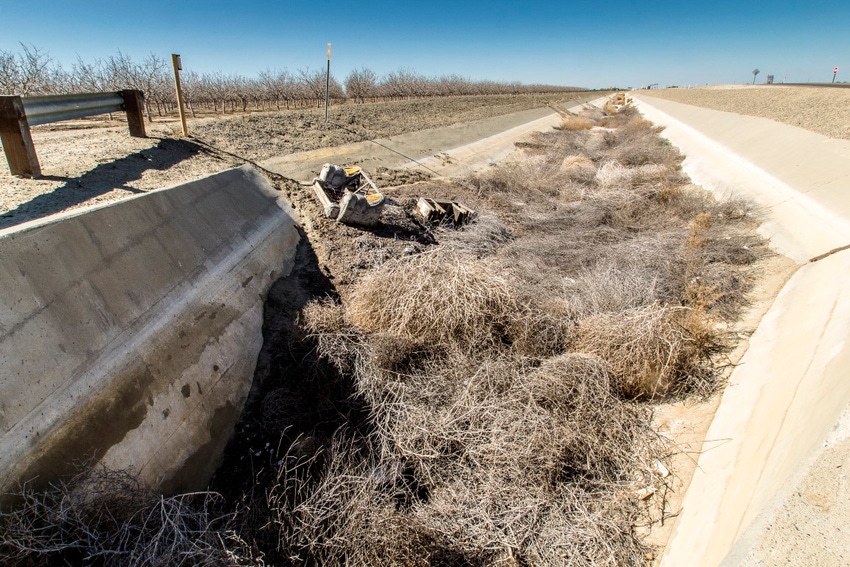November 5, 2014

(Commentary)
They may be symbols of the Old West, as familiar as cactus and rattlesnakes as images of western wastelands, but tumbleweeds are targeted for extinction by the U. S. Department of Agriculture.
So much for symbolism.
The USDA has developed a biological weed control weapon to control Russian thistle. That’s the less dramatic, but more accurate name for the tough, reedy, and often prickly weed that becomes a rolling, bouncing, wind-driven missile across many of the West’s vacant acres.
Although tumbleweeds are widely detested in large portions of the country’s agricultural treasure land, they are recognized as one of the most efficient seed distributors known to man. Their spherical shape causes them to roll and bounce across the landscape, and with each bounce and some rolls their seeds are dislodged and left to germinate the natural way.
A major downside to their performance, of course, is that they only go where the wind drives them. Pests hitching rides on the tumblers are jarred off too to inflict their own brand of misery and mayhem in new locations.
Before making the case for their nuisance, economic, and eyesore value, it is interesting to note the USDA’s plan for eradication.
It is banking mostly on viruses extracted from two sick tumbleweed varieties imported from Russia and Hungary. The viruses, with names long enough to stretch around the circumference of a good-size tumbleweed, were brought to the USDA’s lab in Frederick, Md. under quarantine.
In tightly controlled greenhouse conditions, the scientists exposed 64 different plant species to one of the viruses, and 89 to the other to be sure the viruses they imported are not a danger to plants other than Russian thistle (tumbleweed).
The closer other plants are genetically to tumbleweeds the more susceptible they seem to be to the imported viruses.
The USDA researchers are seeking permission now from an organization that maintains control of such materials to release the two imported viruses as biological control compounds.
Romance ending?
As picturesque (and possibly romantic) as tumbleweeds may be they are real troublemakers. When they finally come to rest - impeded by a fence, a gully, a growing crop, a building, a dry irrigation ditch, or a tree or several trees serving as a windbreak - the tumbling weeds are just a nuisance.
They can become six feet or more in height - a ball as big as a car. Dried by heat and sunshine before they dislodge and start tumbling, they become harsh, scratchy disposables, taking up large spaces in truck or trailer beds assigned to haul them away.
Once “away,” wherever that may be, they become first class nuisances. Chopping, breaking, and dismantling is none too good for them.
They can gather against head gates or bridges, even go unnoticed until water flows. There they can block, impede, or divert the water as it claims title to the channel. Its seeds that didn’t get jostled off during the tumbling journey hang around their wind-driven locations to become threats to the new neighbors.
In by-gone days, burning was none too good for collections of the weeds after their tumbling days were over. But agricultural burning of any kind is not much more than a memory in most areas.
One memory that persists for older citizens is the mellow harmony of the cowboy and western musical group ‘The Sons of the Pioneers.’ The song “Tumbling Tumbleweeds” was one of the group’s most memorable hits.
That group, while still performing, belongs to an earlier generation, and if the USDA researchers have further success, so will the weeds.
You May Also Like




